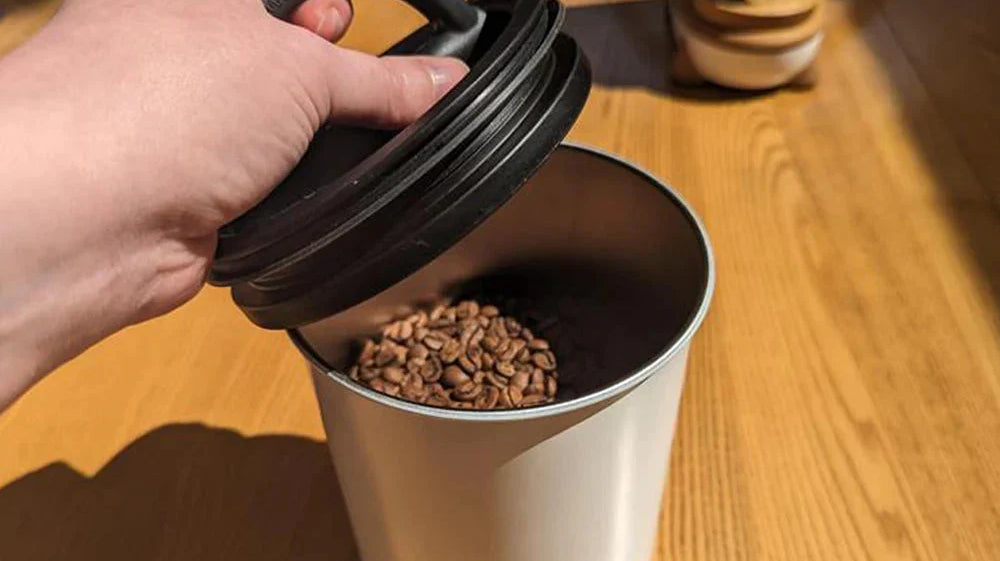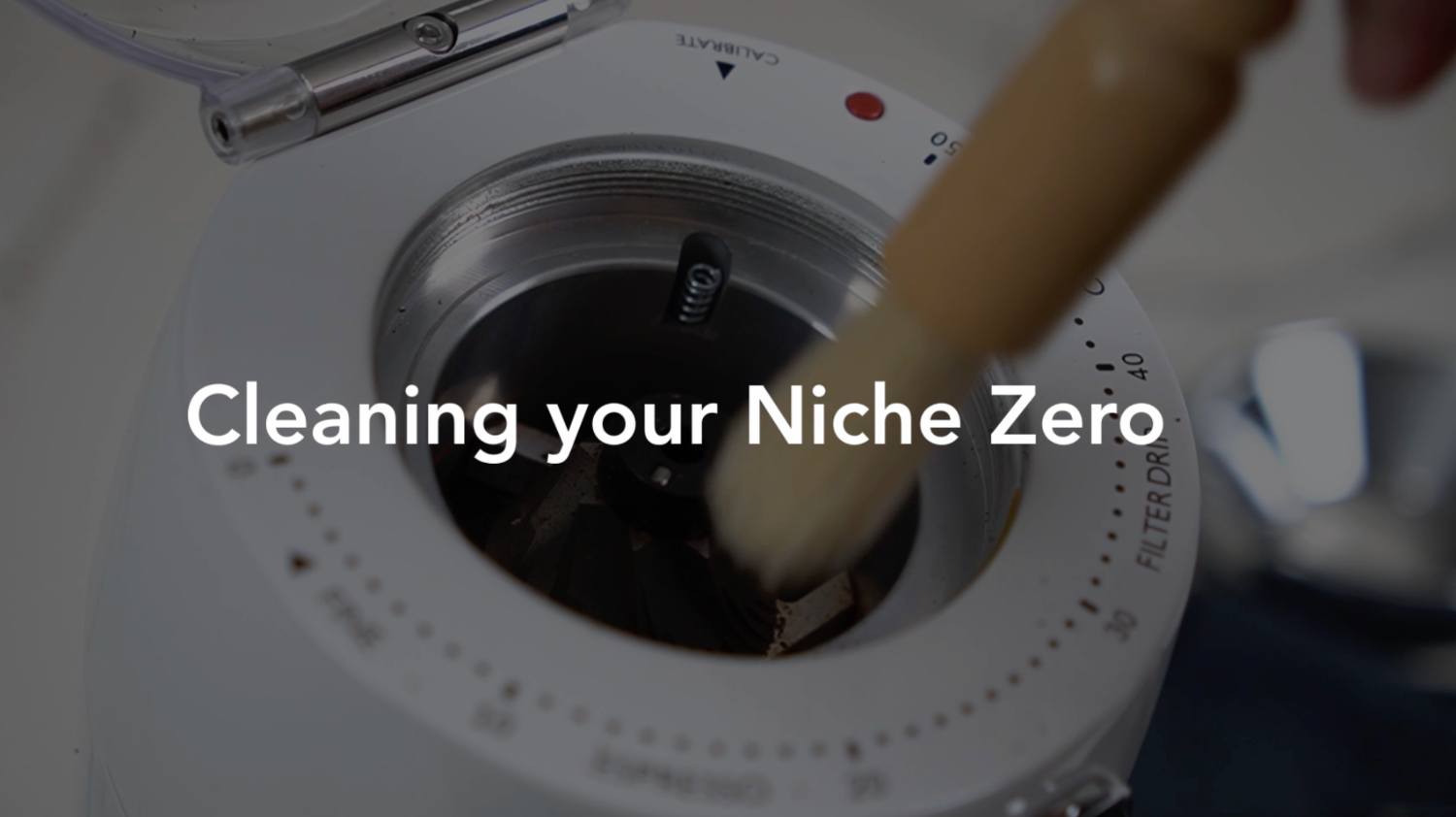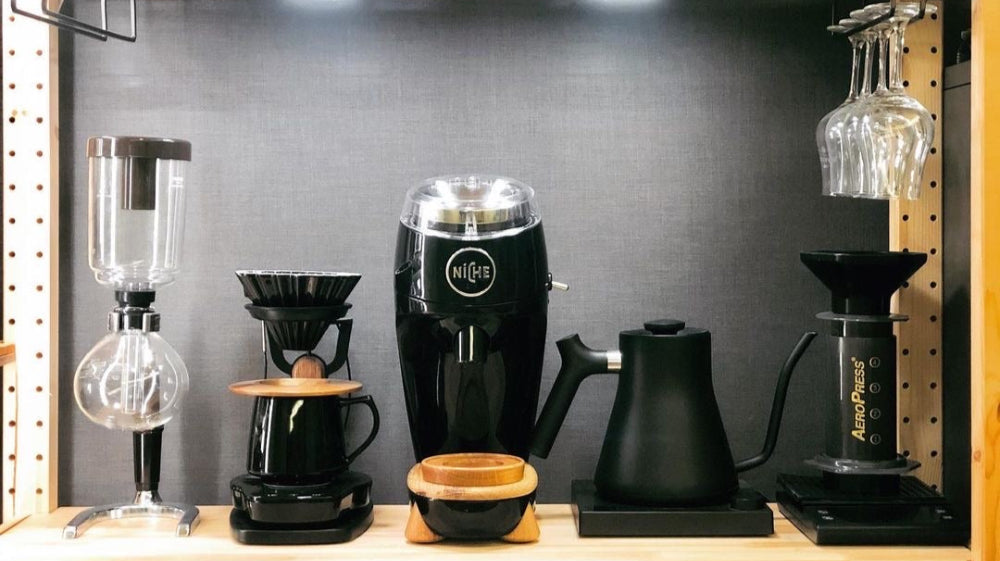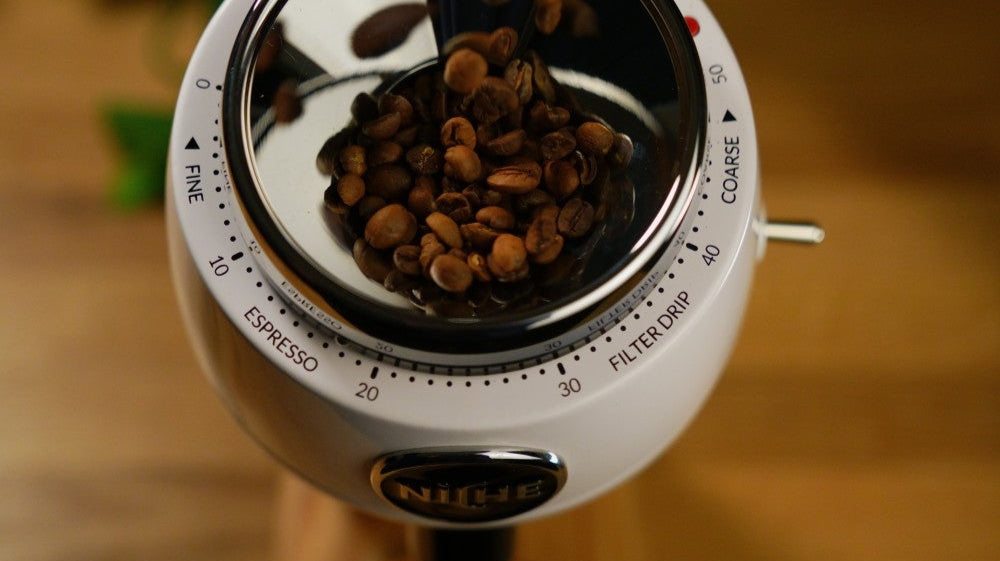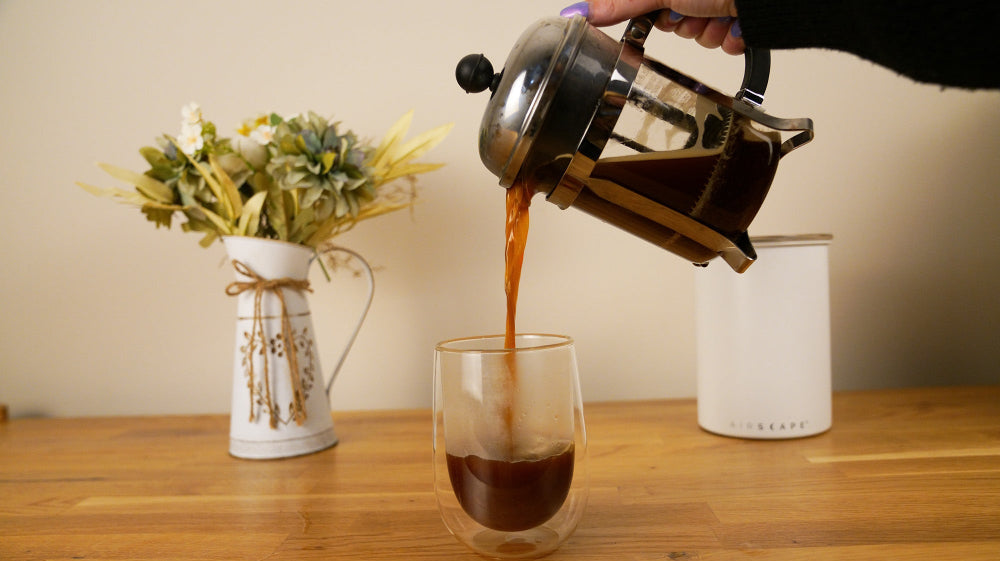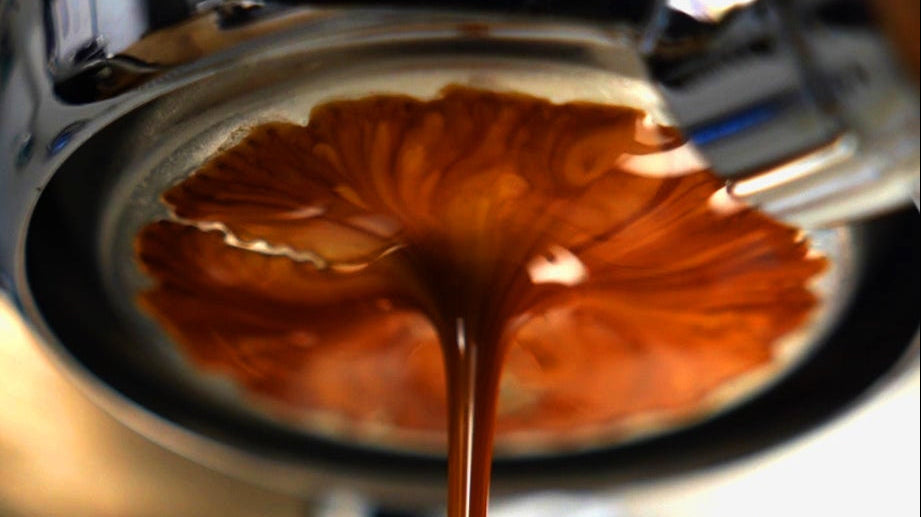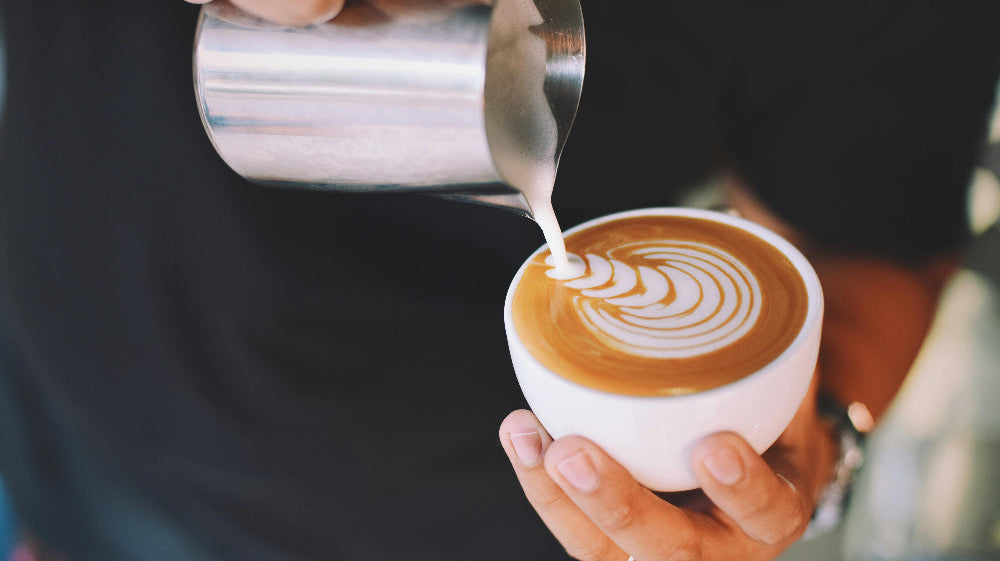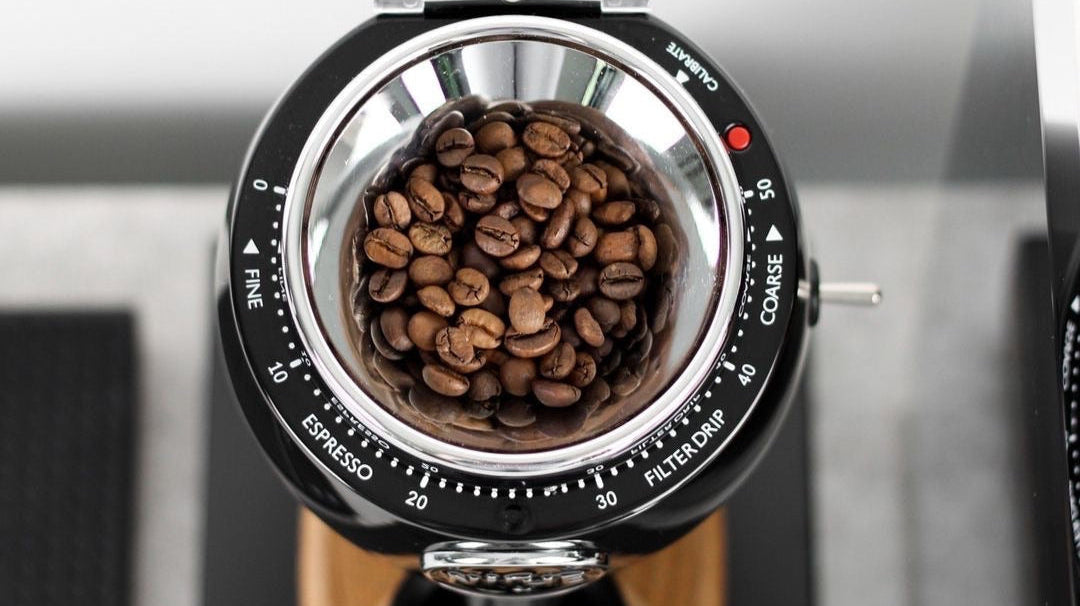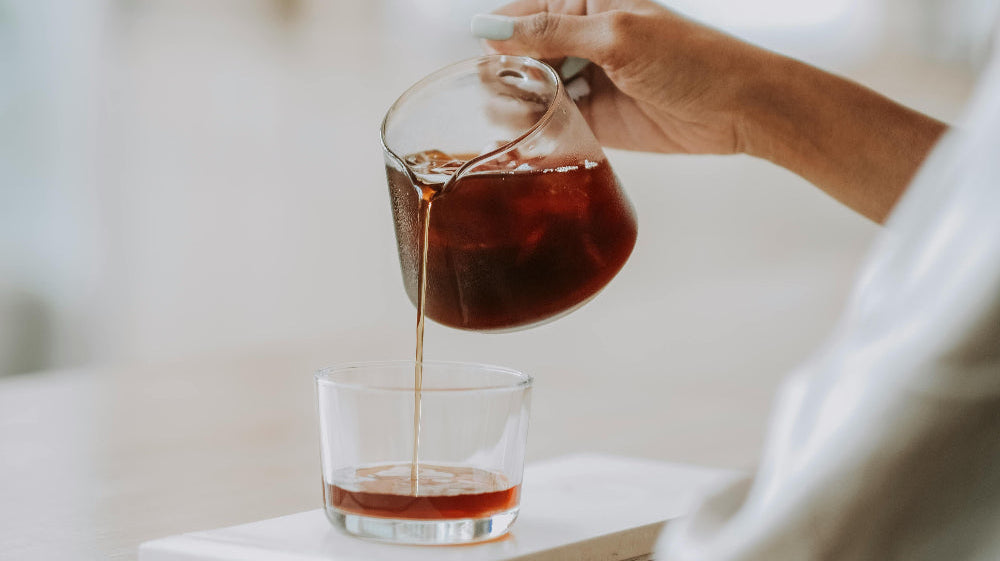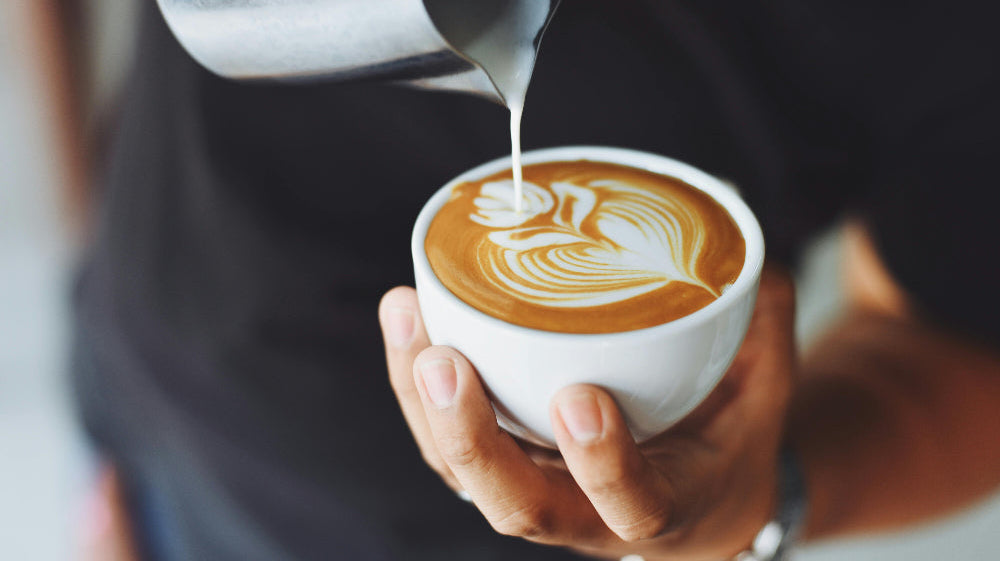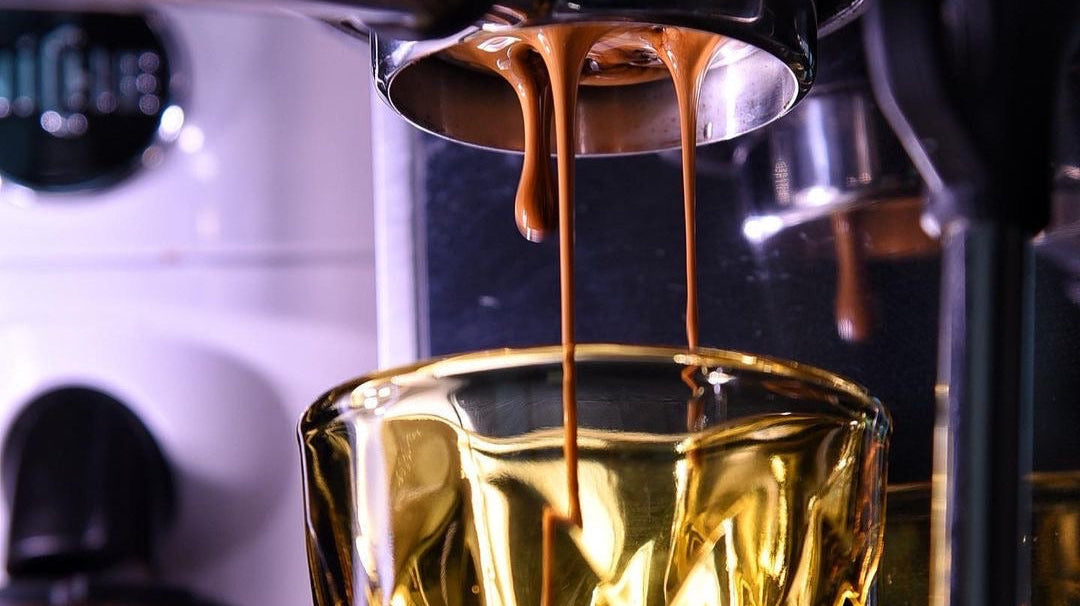Exploring coffee
Our favourite coffee roasters around the world
There’s a taste for every type of coffee drinker - and a lot of what influences that taste comes from the coffee roaster. What makes a good roaster, and who are some of the roasters we recommend? Let's explore how coffee roasting defines our final cup.
How to store coffee beans to keep them fresh
Keeping your coffee in premium condition takes nothing more than a few small adjustments to your setup and routine. At Niche Coffee, we’re passionate about making the very best drink – and if you’re going to use the best home grinder to make your coffee, it’s only right that you should take that little extra care to make what goes in the very freshest it can be.
How to easily clean your Niche Zero grinder
Keeping your equipment in peak condition is essential if you want to get the best out of it every day. The Niche Zero’s near-zero retention design minimises waste and keeps everything running smoothly, but no grinder is entirely self-cleaning. Over time, fine coffee particles and oils will build up, even in the most precise equipment.
Pour-over coffee - Refined simplicity for delicious coffee at home
Pour-over coffee (also known as filter coffee or drip coffee) is one of the most relaxed ways to make quality coffee at home. Producing a cup that’s bursting with flavour, making filter coffee can be a peaceful and ritualistic way of making a coffee, combining great taste with a little mental health break.
How to dial in your Niche Zero for best results
Dialling in your grind is the method of fine-tuning your grind settings to achieve the exact level of granularity desired when turning beans into ground coffee. Getting your grind right makes the difference between a good coffee and a fantastic coffee.
How to get the best out of your French press
The French press is potentially one of the most recognisable and accessible pieces of coffee equipment in the world. However, it is rarely used to its full potential, often left sat on a shelf as decoration or bundled into the back of a kitchen cabinet.
The method in this article is designed to give consistent, repeatable, delicious brews with great clarity of flavour and reduced turbidity (more. on that in a second). Let’s get brewing.
How does grind size affect your coffee and its beautiful flavour?
There are many fine nuances that go into a perfect cup of coffee, but one which we at Niche Coffee are particularly keen to explore is that of grinding. Our Niche Zero and Niche Duo grinders have been developed using the science of good coffee, so it stands to reason that we have a thing or two to say on the subject. If you’ve ever wondered how grind size affects coffee, you’re in the right place.
Milk in coffee – What it really does, and how to get the best out of it
For many coffee lovers, milk is simply part of the drink, and they don’t even consider drinking a coffee without it – espresso shots and black filter coffee aren’t on the menu. Milk has been paired with coffee for almost as long as coffee has been around, but what does it do to the drink, and why add milk to coffee?
How to calibrate your Niche Zero grinder for optimum performance
When you have a premium grinder like a Niche Zero, being able to trust that the grind you’re getting is consistent is essential - after all, the quality of your grind is the very start of your coffee making process and affects everything that comes afterwards. The Niche Zero is a high-quality piece of precision equipment, but that does mean it occasionally needs some essential maintenance.
How to make cold brew coffee at home like a pro
There are many ways to enjoy the delicious flavours of expertly-sourced coffee. While espresso often takes the spotlight, when the summer heat makes us crave a cold drink, cold brew coffee becomes especially enticing. Why not take a few minutes out with us at Niche Coffee to explore how to make your own cold brew coffee at home - it’s easier than you think and you don’t need any additional equipment.
Espresso to milk ratios - Getting the perfect balance
How do you make a great latte? How much milk is in a cappuccino? And what’s the difference between that and a macchiato? Many home espresso lovers are keen to create their favourite coffee shop drinks at home but aren’t quite sure how to get it right...
Understanding roast levels for a perfect coffee
Light, medium, or dark… The roast level of your coffee affects the greater essence of your final cup, with flavour and aroma significantly altered by the roasting process. How does roasting work, and why does it have such an impact? Let us at Niche Coffee answer the questions surrounding roast levels as we delve into this important stage of coffee production.


